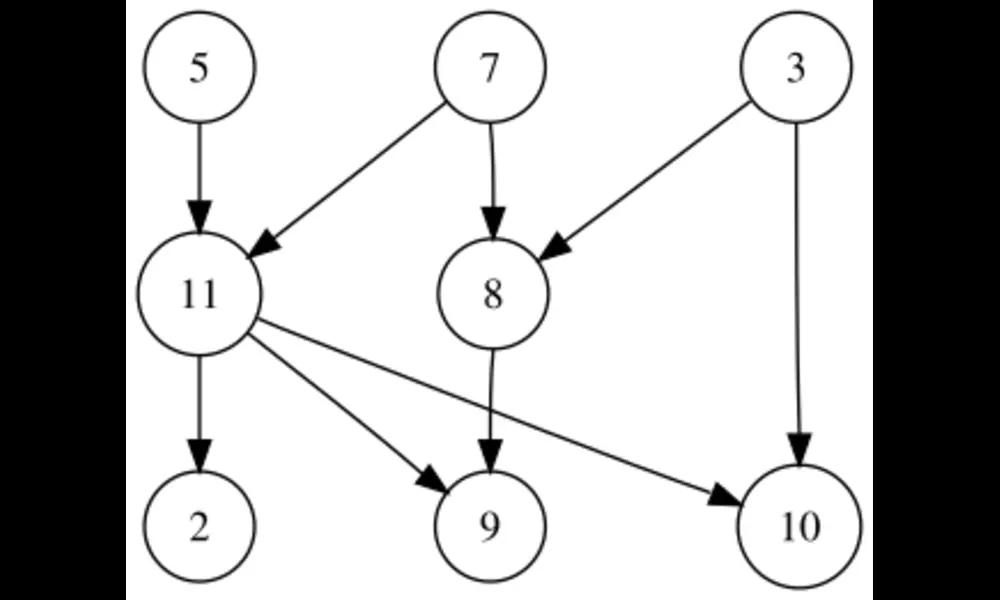Drift Theory: A Tool for Understanding and Analyzing Random Processes
Published on Mon Jul 17 2023 Twelve sixes | Maria Eklind on Flickr
Twelve sixes | Maria Eklind on FlickrNew research has introduced a concept called drift theory, which is a powerful tool for understanding and analyzing random processes. The theory allows us to estimate the expected time it takes for certain events to occur in random processes, even when there are dependencies between different events. This means that we can apply drift theory to a wide range of research questions that involve first-hitting times.
One example that demonstrates the usefulness of drift theory is the scenario of spending lottery winnings. Let's say you win a million dollars in a lottery and you spend $10,000 per day on average. Intuitively, you might estimate that your winnings would last for around 100 days. Surprisingly, drift theory tells us that 100 days is the mathematically precise answer, even with a randomized process. This conclusion still holds even if you earn money on some days and your balance fluctuates. There can be dependencies between the earnings and spendings of different days, and drift theory takes this into account.
Another example is the well-known coupon collector process. If there are n different kinds of coupons and you receive a uniformly random one at each iteration, how long does it take until you have a complete set? Drift theory provides an upper bound of O(n log n) on the expected time to complete the collection. This upper bound holds even when there is a possibility of losing coupons, and drift theory also gives a concentration bound.
Drift theory has primarily been used in the context of analyzing randomized search heuristics, such as evolutionary algorithms. These algorithms work by randomly changing solutions and selecting improvements. Drift theory has greatly simplified the analysis of these algorithms and has been applied to various other stochastic processes as well.
The beauty of drift theory is its intuitiveness. It allows us to translate expected gains into expected times, making it easier to understand and reason about random processes. Additionally, there are different versions of drift theorems available for different needs, so the process being analyzed doesn't need to be extensively modified.
The researchers behind this study encourage other researchers to apply drift theory in their own work. Many research questions involving stochastic processes can be formulated as first-hitting times, and drift theory provides a simple and effective way to analyze them. The main challenge lies in constructing appropriate potentials for the specific process of interest. However, with trial and error, significant insights can be gained by applying drift theory.
Overall, this research highlights the value of drift theory in analyzing random processes and provides a framework for researchers to apply it in their own work. By harnessing the power of drift theory, we can gain deeper insights into the behavior of stochastic processes and make more accurate predictions about their expected outcomes.



